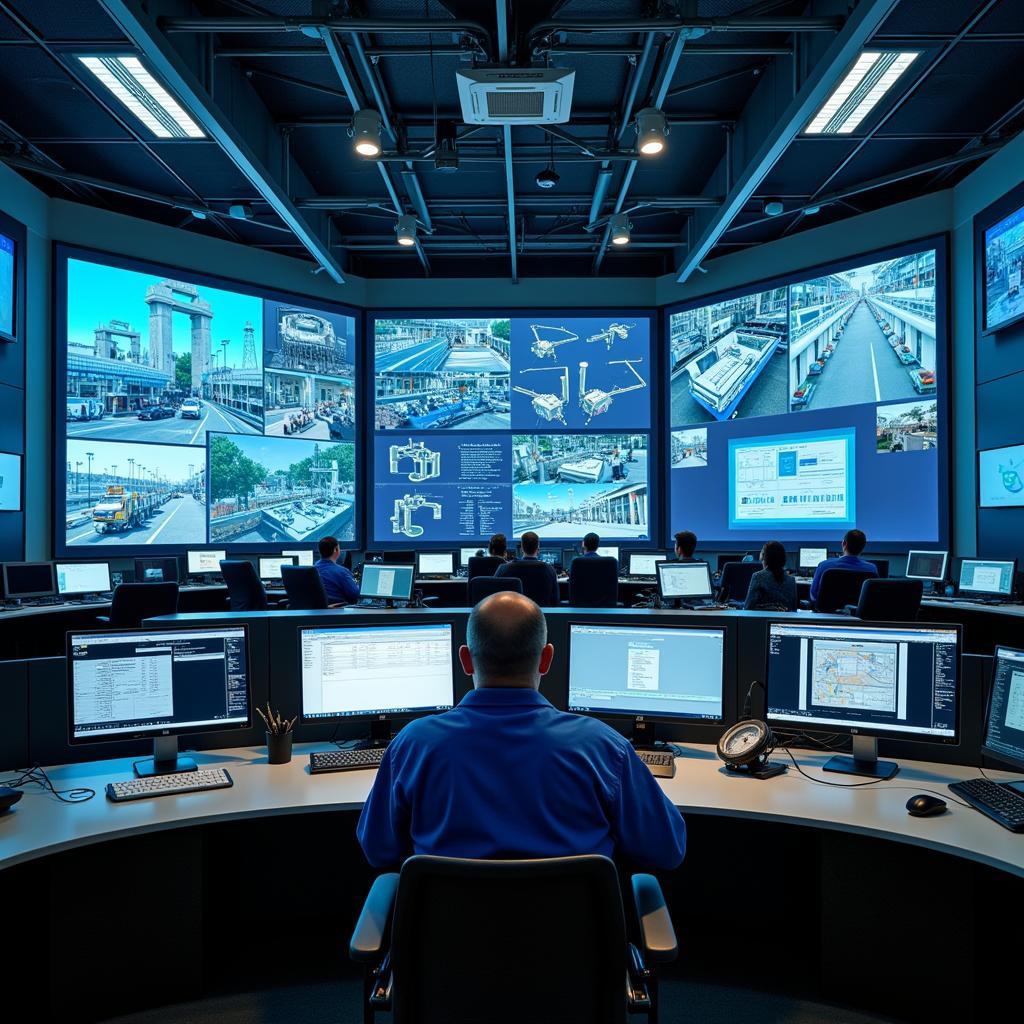The modern hospital is a marvel of engineering and design, a complex ecosystem dedicated to providing the highest standard of care. At the heart of this intricate system lies the Hospital Grid, a critical infrastructure that ensures the seamless flow of essential services and resources throughout the facility.
 Modern Hospital Grid System
Modern Hospital Grid System
What Exactly is a Hospital Grid?
The hospital grid is more than just the electrical system. It encompasses a multifaceted network of interconnected systems working in unison to provide a safe and efficient healing environment. This includes:
- Electrical Systems: Delivering a constant and reliable power supply to all areas, including operating rooms, ICUs, and life support equipment.
- Medical Gas Pipeline Systems: Safely distributing oxygen, nitrous oxide, medical air, and other gases to various points of care.
- Communication Systems: Facilitating seamless communication between healthcare professionals, staff, and patients through nurse call systems, intercoms, and secure messaging platforms.
- Data Networks: Supporting electronic medical records (EMR), imaging systems, patient monitoring devices, and other critical data infrastructure.
- Building Management Systems: Monitoring and controlling HVAC, lighting, security, and other building functions for optimal energy efficiency and safety.
 Hospital Grid Control Room with Technicians
Hospital Grid Control Room with Technicians
Why is the Hospital Grid Important?
The importance of a robust and reliable hospital grid cannot be overstated. It’s the backbone that supports:
- Patient Safety: Continuous power supply to life-saving equipment, uninterrupted access to medical gases, and reliable communication channels are paramount for patient well-being.
- Operational Efficiency: A well-designed grid ensures the smooth running of all departments, from surgery and imaging to laboratories and patient rooms.
- Emergency Preparedness: Hospitals must be prepared for emergencies and disasters. The grid must be designed to provide backup power, maintain essential services, and ensure the safety of patients and staff during critical situations.
Key Considerations for Hospital Grid Design and Maintenance
- Redundancy: Multiple layers of backup systems for power, medical gases, and communication ensure continuous operation in case of primary system failure.
- Scalability: The grid should be adaptable to accommodate the hospital’s future growth and technological advancements.
- Sustainability: Integrating energy-efficient technologies and practices contributes to environmental sustainability and reduces operational costs.
The Future of the Hospital Grid
The hospital grid is constantly evolving with technological innovations. We can expect to see:
- Smart Grid Technologies: Integrating intelligent systems that monitor and optimize energy consumption, predict potential issues, and enhance overall efficiency.
- Cybersecurity Enhancements: Robust security measures to protect the grid from cyber threats and ensure data integrity.
- Integration of Renewable Energy Sources: Utilizing solar, wind, and other renewable energy sources to reduce the hospital’s carbon footprint and increase energy independence.
Conclusion
The hospital grid is the lifeline of modern healthcare facilities. Its efficient and reliable operation is essential for delivering quality patient care, maintaining safety, and supporting the complex needs of a 24/7 healthcare environment. As technology advances, we can expect to see even more sophisticated and sustainable hospital grids, further enhancing the quality of care and safety in healthcare facilities worldwide.